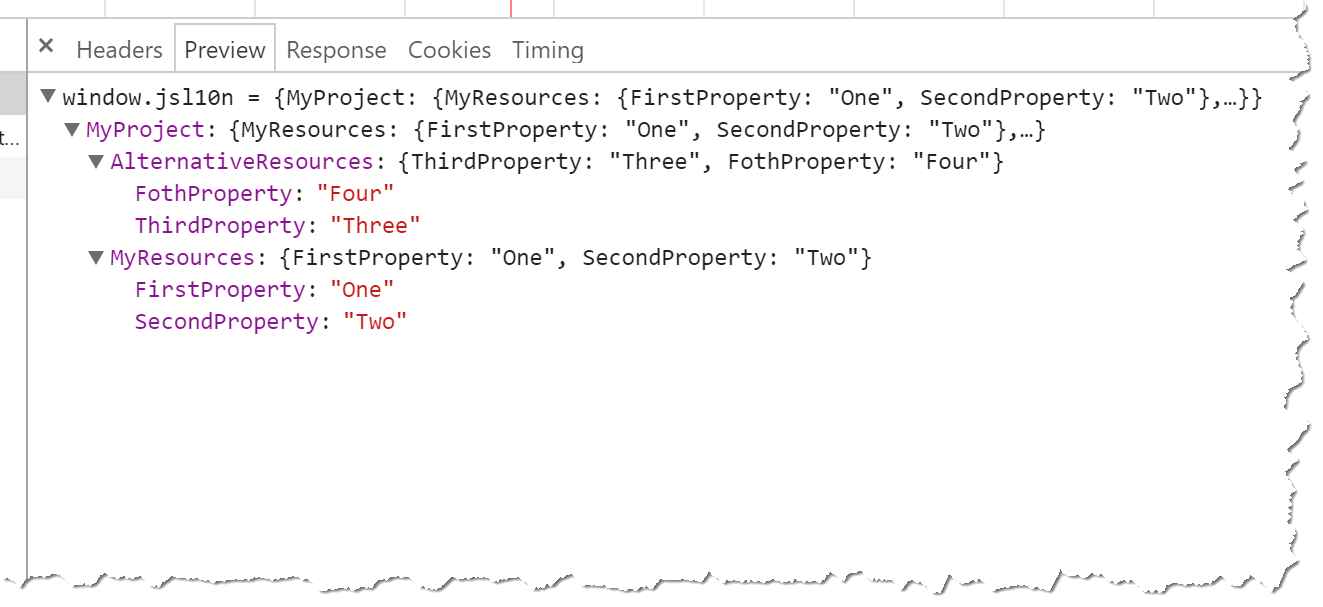DbLocalizationProvider step closer to front-end
Along with other smaller bug fixes, database-driven localization provider for EPiServer got closer to front-end. We joined forces together with my old pal and friend Arve Systad and made it possible to add translations to client side resources as well.
Setup
So setup for the client-side resource localization with help of DbLocalizationProvider plugin is more or less straight forward. You will need to install DbLocalizationProvider.EPiServer.JsResourceHandler package from EPiServer feed and add corresponding <script> include in your markup file to fetch translations from the server:
1
<script src="/jsl10n/{beginning-of-resource-key(s)}">
You have to specify beginning of resource keys to fetch those from the server. For instance you have following resources defined in your code:
1
2
3
4
5
6
7
8
9
namespace MyProject
{
[LocalizedResource]
public class MyResources
{
public static string FirstProperty => "One";
public static string SecondProperty => "Two";
}
}
You can use Html helper to get translations:
@Html.GetTranslations(typeof(MyProject.MyResources))
However if you have more than single resource container type:
1
2
3
4
5
6
7
8
9
10
11
12
13
14
15
16
namespace MyProject
{
[LocalizedResource]
public class MyResources
{
public static string FirstProperty => "One";
public static string SecondProperty => "Two";
}
[LocalizedResource]
public class AlternativeResources
{
public static string ThirdProperty => "Three";
public static string FothProperty => "Four";
}
}
following resources will be registered:
1
2
3
4
MyProject.MyResources.FirstProperty
MyProject.MyResources.SecondProperty
MyProject.AlternativeResources.ThirdProperty
MyProject.AlternativeResources.FothProperty
To include all resources from those classes, you will need to specify parent container name:
1
<script src="/jsl10n/MyProject"></script>
All resources from both classes will be retrieved:
Resources retrieved in this way are accessible via jsl10n global variable:
1
2
3
<script type="text/javascript">
alert(window.jsl10n.MyProject.AlternativeResources.ThirdProperty);
</script>
NB! Notice that naming notation of the resource is exactly the same as it’s on the server-side. This notation should reduce confusion and make is less problematic to switch from server-side code to front-end, and vice versa.
Aliases
Sometimes it’s required to split resources into different groups and have access to them separately. Also the same problem will occur when you would like to retrieve resources from two different namespaces in single page. Therefore aliasing particular group of resources might come handy. You have to specify alias query string parameter:
1
2
3
4
5
6
7
8
<script src="/jsl10n/MyProject.MyResources?alias=m"></script>
<script src="/jsl10n/MyProject.AlternativeResources?alias=ar"></script>
<script type="text/javascript">
alert(window.m.MyProject.MyResources.FirstProperty);
alert(window.ar.MyProject.AlternativeResources.ForthProperty);
</script>
Explicit Translation Culture
Sometimes it’s also necessary to fetch translations for other language. This is possible specifying lang query parameter.
For single container translations:
@Html.GetTranslations(typeof(MyProject.MyResources), new CultureInfo("en").Name)
Or for multiple containers:
1
<script src="/jsl10n/MyProject?lang=no"></script>
Note: Those resources that do not have translation in requested language will not be emitted in resulting json response.
Happy front-end localization!
[eof]

Comments powered by Disqus.